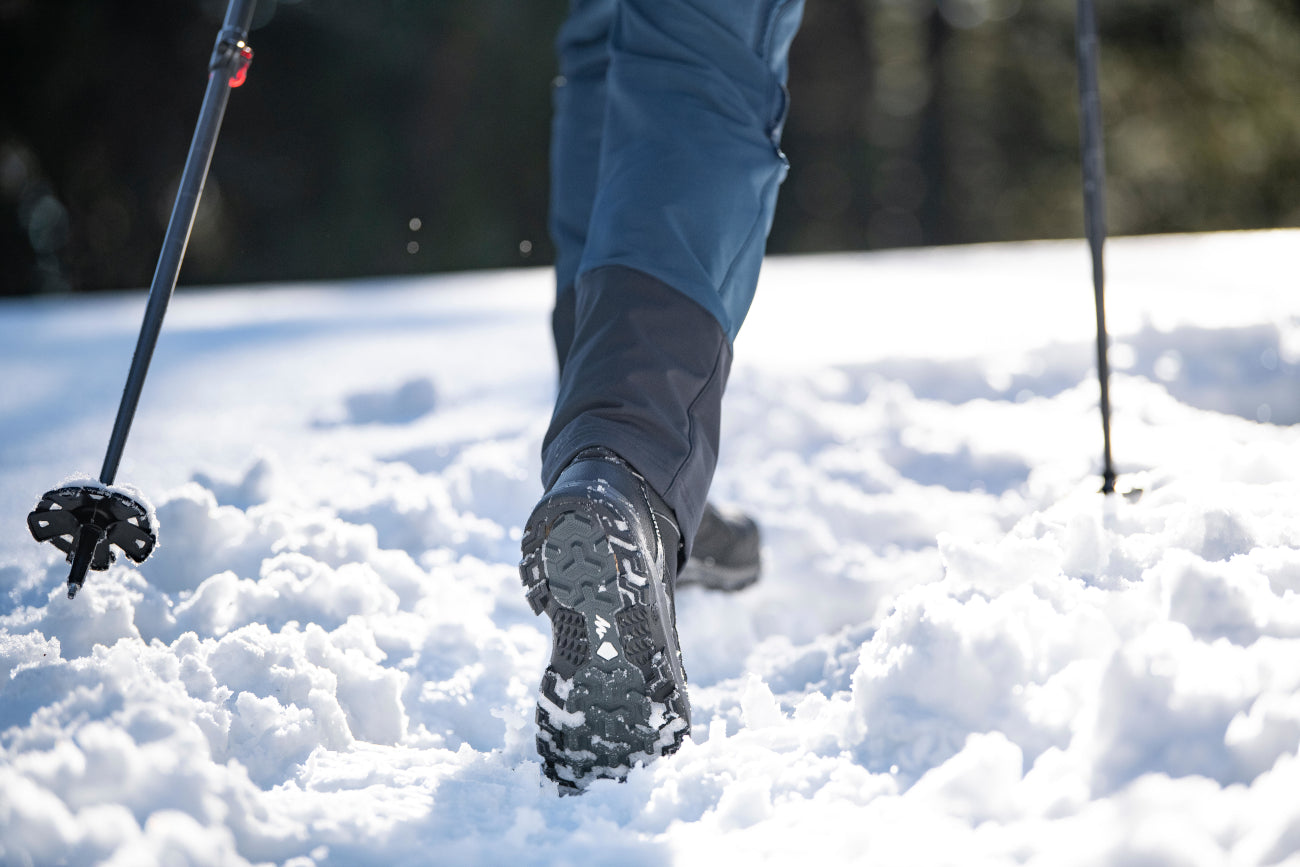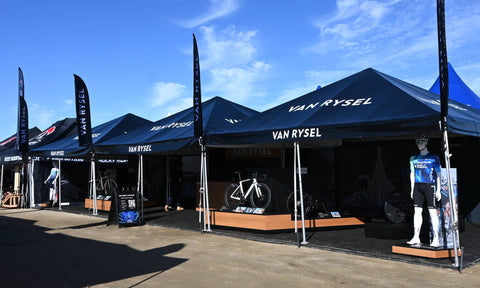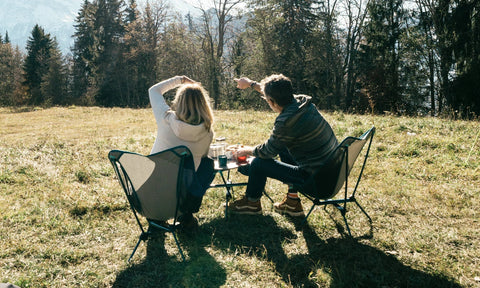Our Waterproof Warm Mid Snow Hiking Boots are perfect for dealing with the snow
1) As always, stay hydrated--but think about bringing a warm drink, too!
You'll always want to bring a water bottle. It's a good idea to bring a double-walled bottle to protect your water from the temperatures. You should also bring another insulated bottle to hold a hot drink like tea or even soup. This will help you keep warm while on the trail, especially if your water gets a little colder than you'd like. Feel free to layer your bottles much like you would layer your own body, too!
2) Hike with the sun
Days are shorter in winter; consider hiking earlier in the day so you can catch more sunlight and won't be stranded in the cold dark once the sun sets. Also plan for different obstacles in the winter. Snow and ice may introduce or change the usual path on popular hikes. Be aware of frozen rivers and lakes, and be careful because only the top layer may be frozen. Be aware of avalanches (even small ones that are less dangerous but still pose a hazard). Usual pathways may be obstructed but snow or avalanches as well. Avoid cliffs because the edges could be obscured.
3) Wear layers
This may be obvious, but it's important you know how to layer as well. The innermost layer (the base layer) should be thin and able to manage your perspiration, wicking it away to keep your sweat from cooling on you.
Your mid layer should be warm and thick; this is a cozy layer that's going to do the lifting when it comes to keep you warm. Consider a layer of fleece or a layer of down to insulate yourself from the elements.
Your outer layer should be a material that protects you against wind a moisture. The warmth of this layer is not as important as its ability to combat outside weather from impacting the effectiveness of your inner layers. Avoid cotton (for this layer and all other ones) as cotton retains moisture (and thus the cold) really well.
4) Avoid long rest stops
This doesn't mean don't rest at all nor does it mean you should forgo breaks altogether. However, slowing down or stopping will cause you to lose all the warmth you've built up in your body and will require your muscles to warm up again when you're back on the move. Packing food and drink that is easy to eat while moving will prevent the cold from creeping back in while slowed down.
5) Check the weather, beware of certain places more prone to change
Naturally, plan your trip while checking the weather many days in advance. You should also check immediately before leaving, in case things have changed.
Note that, in some places, things may change drastically based on the weather. Black ice over rocks may make things slippery which is dangerous around cliffs. Avoid steep slopes as they will be harder to scale while slippery and snowcovered. If you do venture out onto ice, think about bringing crampons or an ice pick.











